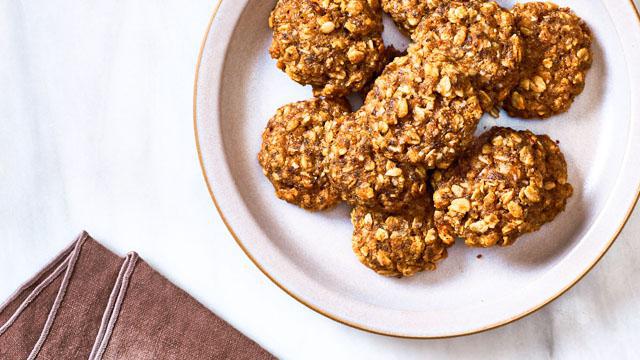Whether you have kidney stones and restricting oxalates, are gluten-intolerant or celiac… you may be wondering about the best gluten-free flours to try! From 2010-2015, the gluten-free trend was all the hype! Everyone thought that gluten was horrible for your body, and gluten-free meant healthy. But as time went on, more people realized that gluten-free does not necessarily mean “better for you”.
Going gluten-free is not necessarily beneficial for those without actual gluten tolerance issues, researchers found. Sometimes, restricting all gluten can actually be harmful to your heart health if you don’t have the condition. That’s because, many grains are filled with heart healthy components.
Even more so, gluten-free may not taste so good. Or maybe you are just looking for “wheat-free breads”. In this case, white bread or all-purpose flours are mixed with small amounts of wheat.
So, what can you look for that does not taste BAD and is GOOD for your health and waistline?
Here is the scoop on gluten-free flours:
YOUR GUIDE TO GLUTEN-FREE FLOURS
The gluten-free flour market has positively exploded over the past few years—but how to make sense of all the options? If you’ve gone gluten-free or are just interested in exploring new options, here’s our round-up of our favorite alternative flours, plus tips on how to use them. Happy baking!
ALMOND FLOUR
Sold as either almond meal or almond flour, the ground pulp of almonds makes for a flavorful base in muffins and some cake recipes. Since it’s made from nuts, this flour is dense. Baked goods made with it tend to take a little longer to cook all the way through—and they often require many eggs to hold the batter together—but the finished products are typically moist and delicious. “Superfine” almond meal tends to have a less gritty texture when baked, though all types are packed with protein and fiber.
BUCKWHEAT FLOUR: NOT SUITABLE FOR KIDNEY STONE PATIENTS!!!!
Despite its name, buckwheat isn’t a grain or wheat—it’s actually related to rhubarb and chard. Hence, it is super high in oxalates!! However, it is packed with fiber and protein and it is an excellent choice for pancakes and muffins. If you’re swapping buckwheat flour in for whole-wheat flour in either of those recipes, add 1-2 tablespoons of ground flaxseed or chia seeds to the batter and/or an extra egg. Since this type of flour tends to be “thirsty,” you may need to add a little extra milk to your standard pancake recipe.
CHICKPEA FLOUR
A traditional ingredient in an Italian and French flatbread known as socca, flour made from ground chickpeas has the same nutrition as beans (fiber and vegetarian protein). It’s a great way to make a quick and flavorful gluten-free pizza dough with just a few basic ingredients. Since chickpea flour is inexpensive, we like to keep it stocked in our pantry so we can throw together a quick flatbread on those nights when we want a side of something bready that won’t weigh us down.
CASSAVA FLOUR
Made from the yucca plant, cassava can often be subbed 1:1 in recipes that call for regular flour—though you may need to reduce the amount that you add by just a smidge. This grain-free flour is popping up on grocery shelves in chips and crackers, so keep an eye out and try it to see if you like the flavor before you commit to a somewhat expensive bag of flour.
COCONUT FLOUR
Made from ground coconut, coconut flour is widely used in paleo recipes. It has subtle coconut flavor and absorbs a lot of liquid, so you’ll likely need to add more moisture when using it. Baked goods made with coconut flour can release moisture when stored (especially if kept in the fridge), so either line your storage container with a paper towel or a thin kitchen towel to absorb it, or try to eat your creations on the day that they’re baked. We like to use coconut flour in pancakes and some muffins and have even experimented with using it in no-bake energy bites.
GLUTEN-FREE ALL-PURPOSE FLOUR
While it’s not always possible to directly substitute GF all-purpose flour for regular flour in every recipe, you can do it in some. This flour is made from a blend of other flours, so it’s formulated to hold up when used in baked goods.
OAT FLOUR
Made from ground oats—which you can easily do yourself in a high-powered blender—oat flour makes for a fiber-rich whole-grain flour to use in muffins and pancakes. (Many people also prefer the finer texture when used in overnight oat recipes as compared to regular rolled oats.) As with buckwheat flour, you’ll need to add another binder to hold the finished product together—try ground flaxseed, chia seeds, or an extra egg. If you eat gluten-free, look for oats that are certified GF to avoid cross-contamination with wheat.


